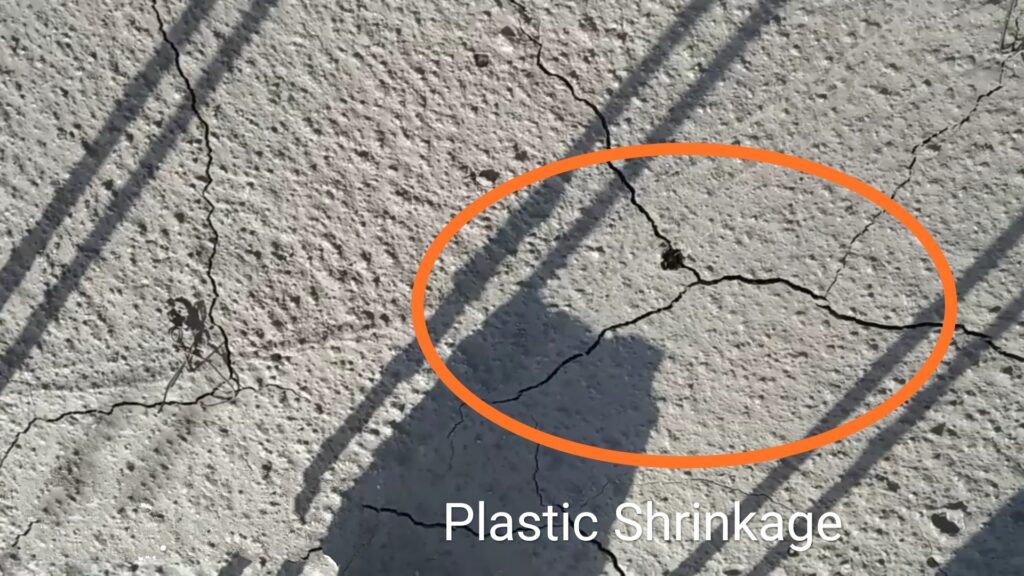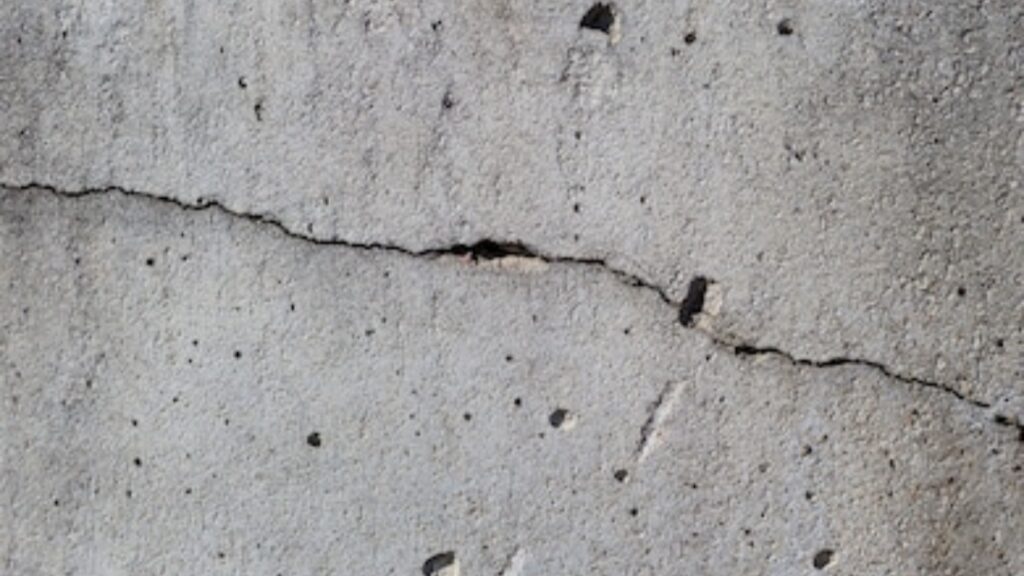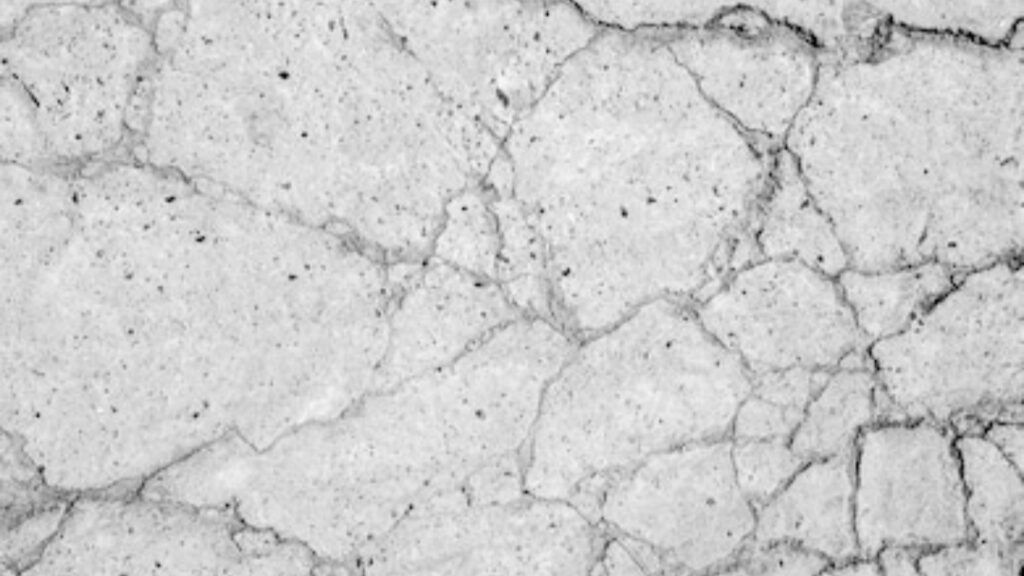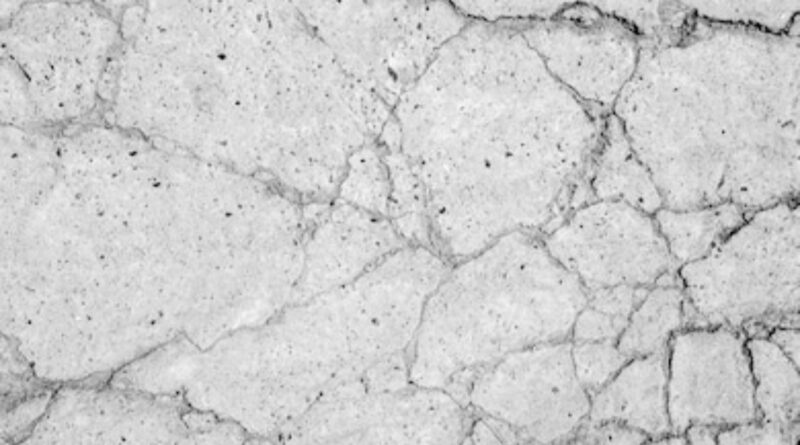How to prevent crack in concrete slab | Repair & Causes of cracks
concrete is one of the most durable and long lasting products you can use around your home. Cracks are very common in almost any form of concrete.
Whether the cracking is immediate or occurs years after it was poured. There are many different reasons why concrete cracks. Generally, 1.5mm to 6.25mm wide cracks is acceptable limits.

Type of Cracks in concrete
Active Cracks : Active cracks are those type of cracks that expand, lengthen or deepen over time. And mostly these type of cracks are very dangerous
- Active Cracks
- Dormant cracks
Dormant cracks : Dormant cracks do not change unless they’re affected by moisture or impact. you have to have to control it important to have it before it gets any worse.
- shrinkage Cracks
- Settlement Cracks
- Thermal Stresses cracks
- Corrosion of Reinforcement
- Crazing Cracks
- Overloads cracks
- Lack of control joints in concrete slab
- Spalling
Causes of cracks in concrete
shrinkage Cracks
There are two type of shrinkage plastic and drying shrinkage
Plastic shrinkage can occur when water ratio is so much . Too much water will take up space, causing the solid ingredients of the mix to separate. When the water evaporates, the spaces in the mix remain, leaving cracks sometimes only a hair thin.
Drying shrinkage is caused by the contracting of a hardened concrete mixture due to the loss of capillary Drying shrinkage is dependent upon several factors. These factors include the properties of the components, proportions of the components, mixing manner, amount of moisture while curing, dry environment, and member size.
This shrinkage causes an increase in tensile stress, which may lead to cracking
Settlement Cracks
Settlement, that causes a crack. As in, the earth under the house is not strong enough to support the weight of the structure, so the structure starts to move down (settles), which causes a crack due to the force of one part of the house moving and an adjacent part not moving. Competing forces are putting stress on the part that cracks and eventually the crack forms to relieve the pressure.
Many time the shuttering of the structure is also settle little bit after concrete pouring or during vibration this also leads to cracks in the concrete surface
Thermal Stresses cracks

Thermal stresses relates to the temperature development as concrete hydrates as well as temperature differences within a slab. Thermal cracking is also dependent on temperatures surrounding a slab such as ground and air temperatures. Mass Concrete ,Very high portland cement content or Hot water added to concrete for cold temperature placement
Cracking in mass concrete can result from a greater temperature on the interior than on the exterior.
Corrosion of Reinforcement
Steel corrosion steel usually occupy a much larger volume than the un-corroded steel and result in bursting stresses that can cause cracking of the concrete cover. The cracks that appear on the surface of the concrete will run parallel to the steel.
The reinforcing bars closest to the surface will generally be affected by corrosion first. Thus a typical occurrence of types of cracks due to corrosion will be over shear reinforcement on the sides and soffits of beams in exposed locations.
Corrosion of the steel produces iron oxides and hydroxides, which have a volume much greater than the volume of the original metallic iron .This increase in volume causes high radial bursting stresses around reinforcing bars and results in cracks
Crazing Cracks
Crazing cracks are very small surface cracks that resemble spider webs caused by premature drying of the slab. If the slab doesn’t have enough moisture or loses moisture too quickly, crazing cracks are likely to form. Since these cracks are minor and only visible on the surface, they don’t pose a threat for repair.
Lack of control joints in concrete slab
In a concrete slab, control joints help concrete crack where you want it to. The joints should be of the depth of the slab and no more than 2-3 times (in feet) of the thickness of the concrete (in inches). So100mm concrete should have joints 2.5 -3 metre apart.
Overloads cracks
Overloading a concrete member may cause several types of cracks. Depending on the direction and location of the crack (vertical, diagonal, top, bottom, etc), the type of loading stress can be identified.
And it is well known that load-induced tensile stresses result in cracks in concrete members.
Spalling

Spalling https://www.youtube.com/watch?v=V7dsvLy3TuE is primarily a result from the corrosion of the reinforcing steel and/or embedded objects such as clips, chairs, anchors, etc. When the steel corrodes, the rust expands to 10 times the original volume, creating internal tension forces in the concrete. Concrete is unable to handle the tension forces, and the pieces between the corroded steel and the nearest surface will break off
How to Prevent Cracks in Concrete Structures
- Reduce Water Content in Concrete:
Concrete does not required much water to get maximum strength . we required limit water in concrete to achieve the maximum strength of concrete. when we increase the water in concrete so it can lose the strength , so therefore concrete can crack. water is just reducing in concrete to make workabality of concrete . so increasing of water can reduce the strength of concrete.
Water ratio shall not exceed 0.55 in concreting,Less water content increases the durability of concrete for workability of concrete which can be covered by use of plasticizer or superplasticizer - Finishing of Concrete Surface: Always us se complete finishing techniques and proper timing during and between finishing operations. Flat floating and flat troweling are often recommended.
Don’t finish the concrete when there is bleed water on the surface, finishing leads the water back to concrete instead of evaporating thus leading to cracks. - Proper Curing of Concrete :
Concrete is also affected by temperature. If the curing of the concrete is interrupted by a significant drop in temperature, the final product will be affected. In addition, if your concrete floor is poured in intense heat and sun, it will dry too quickly, which will cause cracking. - Vibration of Concrete :
vibration of concrete reduces the chances of producing cracks. Properly vibrate to release entrapped air which later leads to cracks.
- Proper Compaction of concrete
Before placing concrete we have to proper compact the soil. and after that when we placed concrete so concrete should be compacted properly . when the concrete is not compacted so after that concrete gets start to crack after some time of placing of concrete. Because when we don’t compact the concrete so its also reduce the strength. - Provide expansion and contraction joint after maximum 32 metere in slab
- Do not use corrosive steel in the structure
- check the props of the shuttering
- Provide good cover according the indian standard
How we Repair Cracks in Concrete
- Resin injection
- Drilling and plugging
- Bandaging
- Pining


Hi! Love reading your article filled with great information regarding cracks in concrete. I would like you to please write some great information related to hairline cracks in concrete or like that….Keep up the good work.
ok soon brother and thanks
It’s cool that finishing a concrete surface can help it to avoid cracks. My brother wants to get a new driveway installed for his home, and he wants to make sure that it stays in good shape. I’ll pass this information along to him so that he can look further into his options for hiring a professional who can help him with that in the future.
ohk